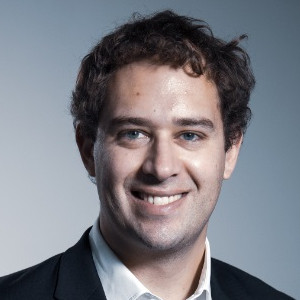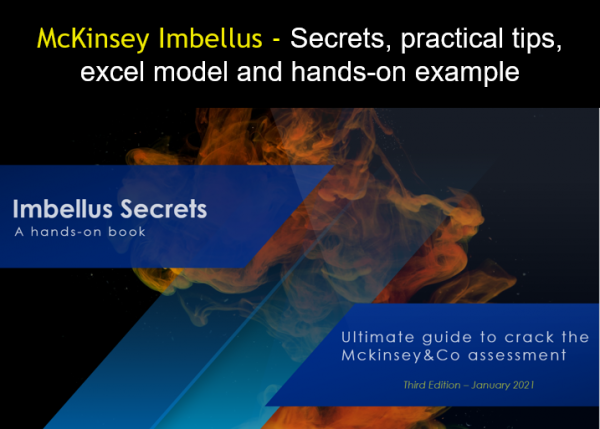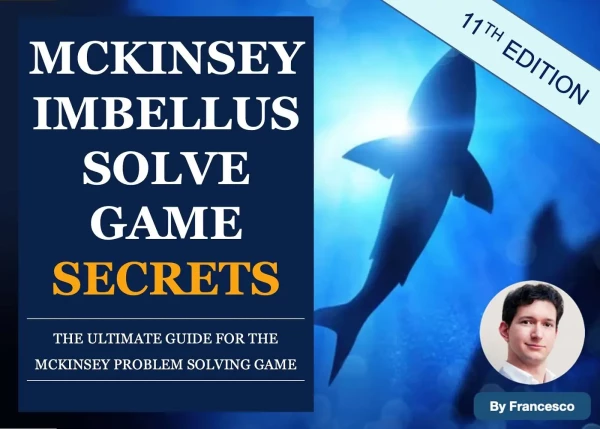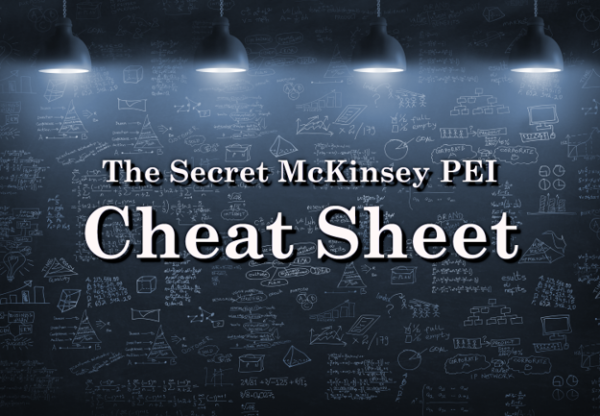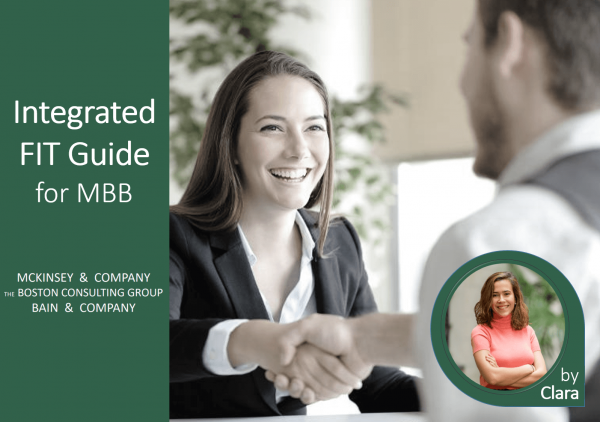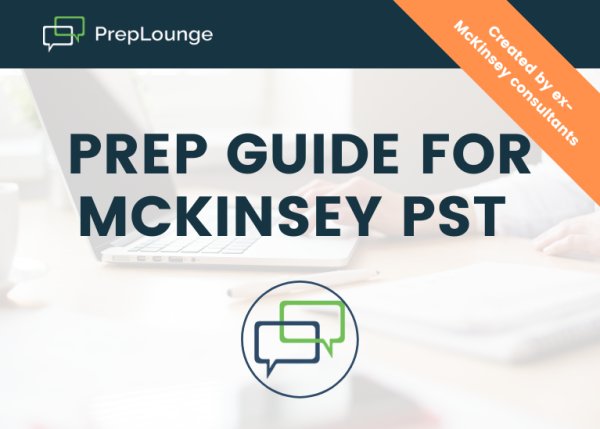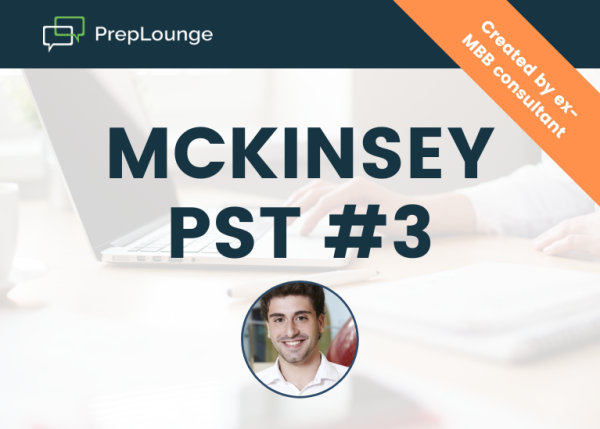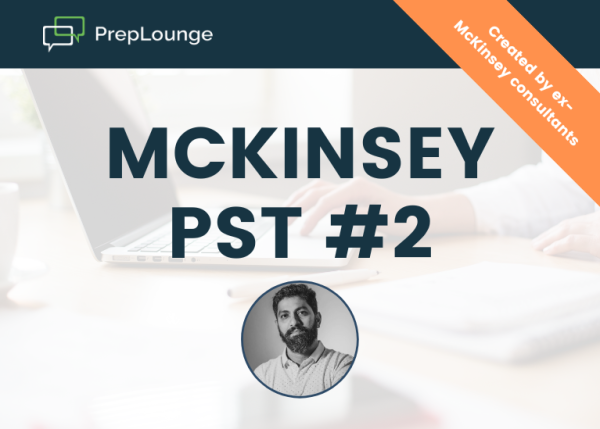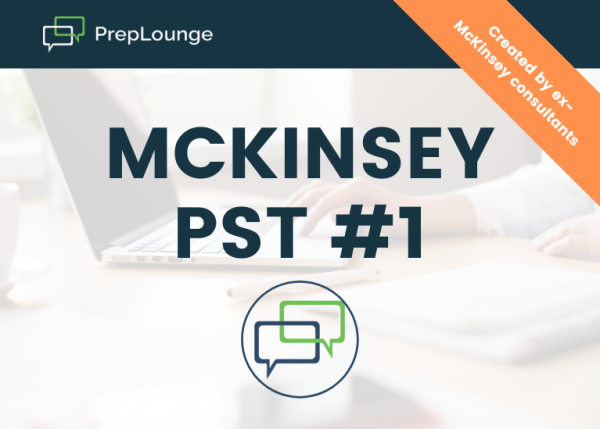Length of time
Spend a maximum of 3 minutes writing it down (ideally 1-1.5 minutes). Then spend 2-3 minutes talking through it.
My advice to achieve this:
- Write in shorthand
- Just write down the main ideas/concepts (let your verbal walk-through fill in the color)
- Practice thinking/writing quickly with a timer
Framework tips
If there's anything to remember in this process, is that cases don't exist just because. They have come about because of a real need to simulate the world you will be in when you are hopefully hired. As such, remember that they are a simplified version of what we do, and they test you in those areas.
As such, remember that a framework is a guide, not a mandate. In the real-world, we do not go into a client and say "right, we have a framework that says we need to look at x, y, and z and that's exactly what we're going to do". Rather, we come in with a view, a hypothesis, a plan of attack. The moment this view is created, it's wrong! Same with your framework. The point is that it gives us and you a starting point. We can say "right, part 1 of framework is around this. Let's dig around and see if it helps us get to the answer". If it does, great, we go further (but specific elements of it will certainly be wrong). If it doesn't, we move on.
So, in summary, learn your frameworks, use the ones you like, add/remove to them if the specific case calls for it, and always be prepared to be wrong. Focus rather on having a view, refering back to the initial view to see what is still there and where you need to dive into next to solve the problem.
Example Frameworks:
Revenue: https://www.preplounge.com/en/consulting-forum/profit-loss-frameworks-6756
Public Sector/Government: https://www.preplounge.com/en/consulting-forum/public-sectorgovernment-consulting-frameworks-3932
Risk Management: https://www.preplounge.com/en/consulting-forum/which-framework-for-a-risk-management-case-6881
Profitability: https://www.preplounge.com/en/consulting-forum/how-to-structure-and-choose-framework-for-profitability-case-3957
(editiert)



